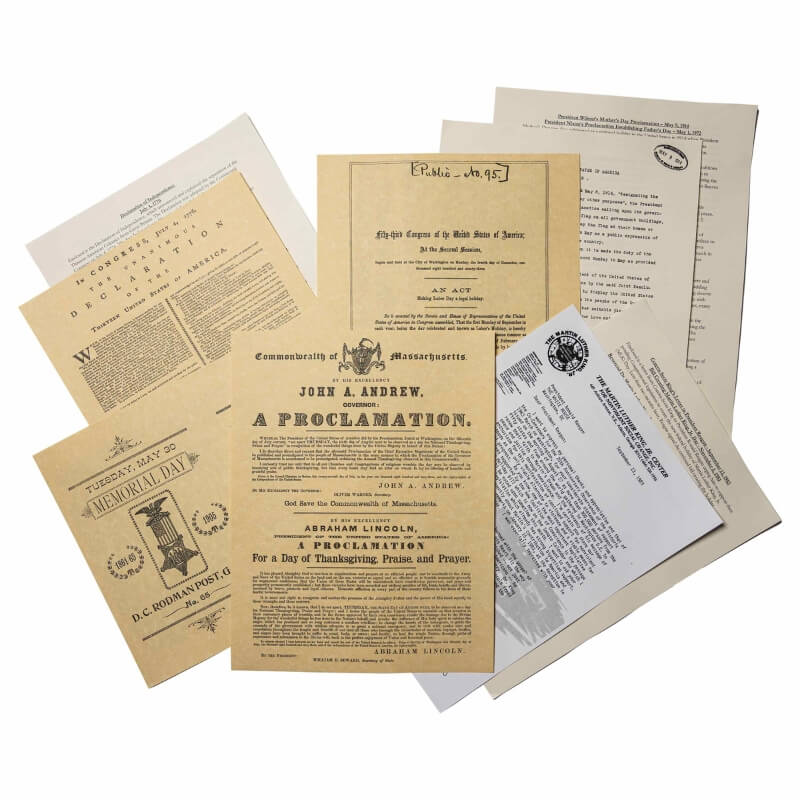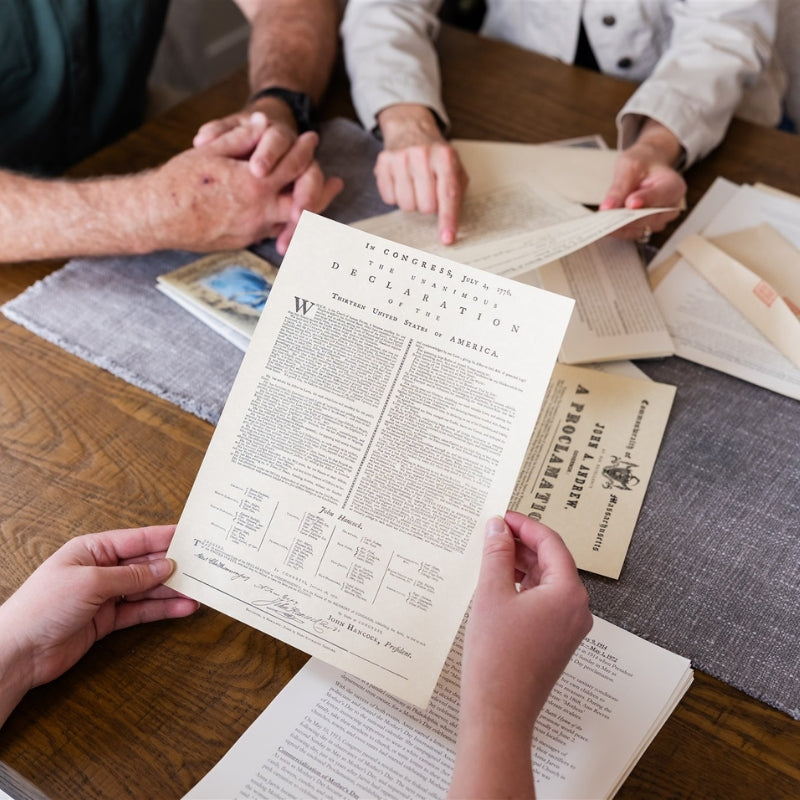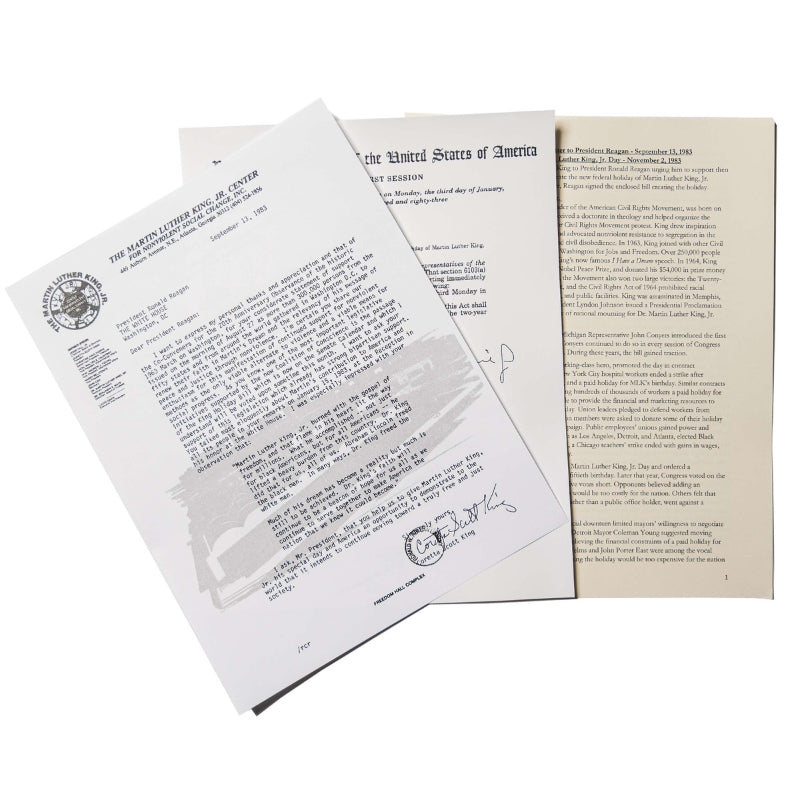Martin Luther King Jr.'s "I Have a Dream" speech, delivered on August 28, 1963, during the March on Washington for Jobs and Freedom, stands as one of the most iconic moments in American history. This powerful address continues to resonate with people around the world, transcending time and borders. The speech encapsulates King's vision for a more just, equal, and inclusive society and remains a symbol of the civil rights movement's unwavering commitment to change.

The Context
To understand the "I Have a Dream" speech fully, it's essential to appreciate the context in which the speech was delivered. The 1960s was a turbulent time for the United States, characterized by deep-seated racial segregation and inequality. African Americans faced systemic discrimination in virtually every aspect of life, from education and employment to housing and voting rights.

Martin Luther King Jr., a Baptist minister and civil rights activist, emerged as a prominent leader in the fight for racial justice. He advocated for nonviolent protest and civil disobedience as powerful tools for change. The March on Washington, where King delivered his speech, was a pivotal moment in the civil rights movement, drawing attention to the urgent need for reform and equality.

King's Dream
The heart of King's speech was his vision of a future where individuals were judged not by the color of their skin but by the content of their character. He spoke passionately about the dream of a nation where racial segregation would be eradicated, and the principles of justice and equality would prevail. King's words were not just a dream; they were a call to action, a rallying cry for people of all races to join together in the struggle for civil rights.
The Power of Imagery
One of the reasons the "I Have a Dream" speech is so enduring is King's use of vivid and compelling imagery. He painted a picture of a transformed America, describing a land where "little black boys and black girls will be able to join hands with little white boys and white girls as sisters and brothers." This imagery resonated deeply with his audience and the nation, inspiring hope and unity.
The Impact
King's speech had an immediate and lasting impact. It played a crucial role in the passage of the Civil Rights Act of 1964 and the Voting Rights Act of 1965, landmark pieces of legislation that dismantled the legal framework of segregation and discrimination. Moreover, the speech galvanized a generation of activists, black and white, to work together to end racial injustice.

Legacy and Relevance
Today, the "I Have a Dream" speech remains an enduring symbol of hope and inspiration. The speech's message transcends its original context and speaks to people fighting for justice and equality around the world. King's dream is not fully realized, as racial disparities persist in many aspects of American society. However, the speech continues to remind us of the progress made and the work left to do.
Martin Luther King Jr.'s "I Have a Dream" speech is a beacon of hope and a testament to the power of words and vision. It serves as a reminder of the progress made in the fight for civil rights and the ongoing struggle for justice and equality.
















